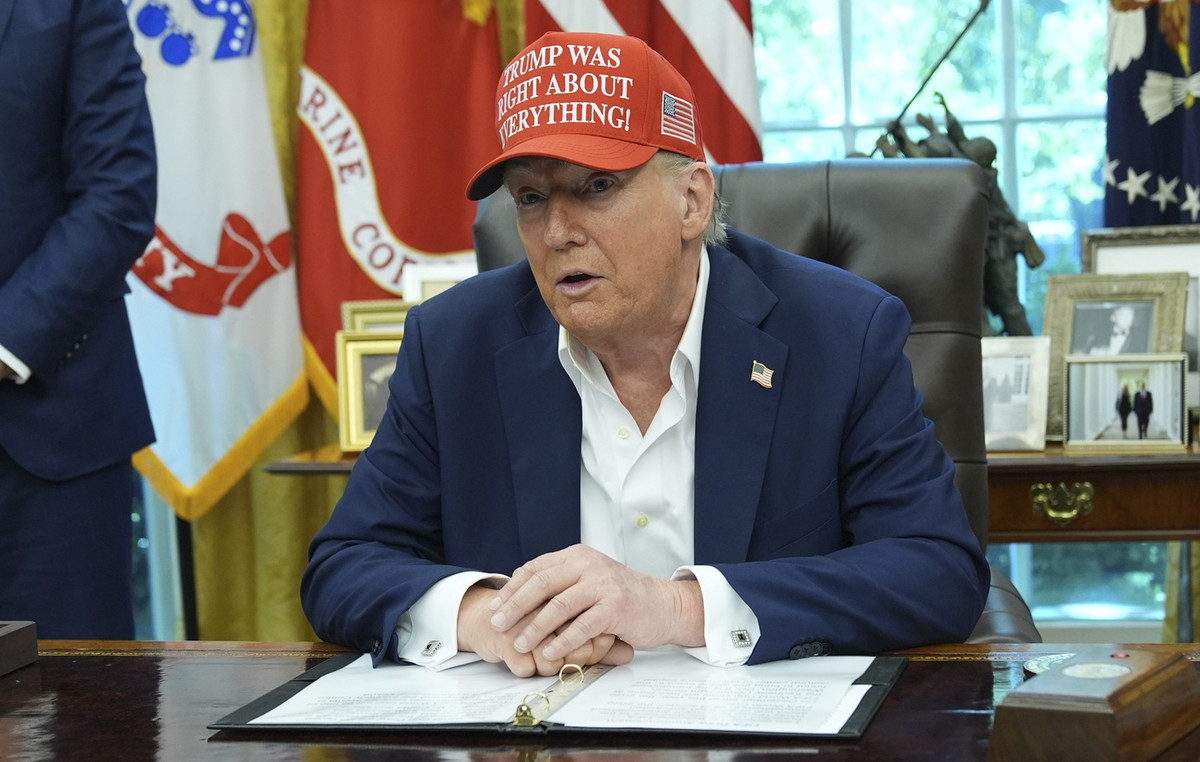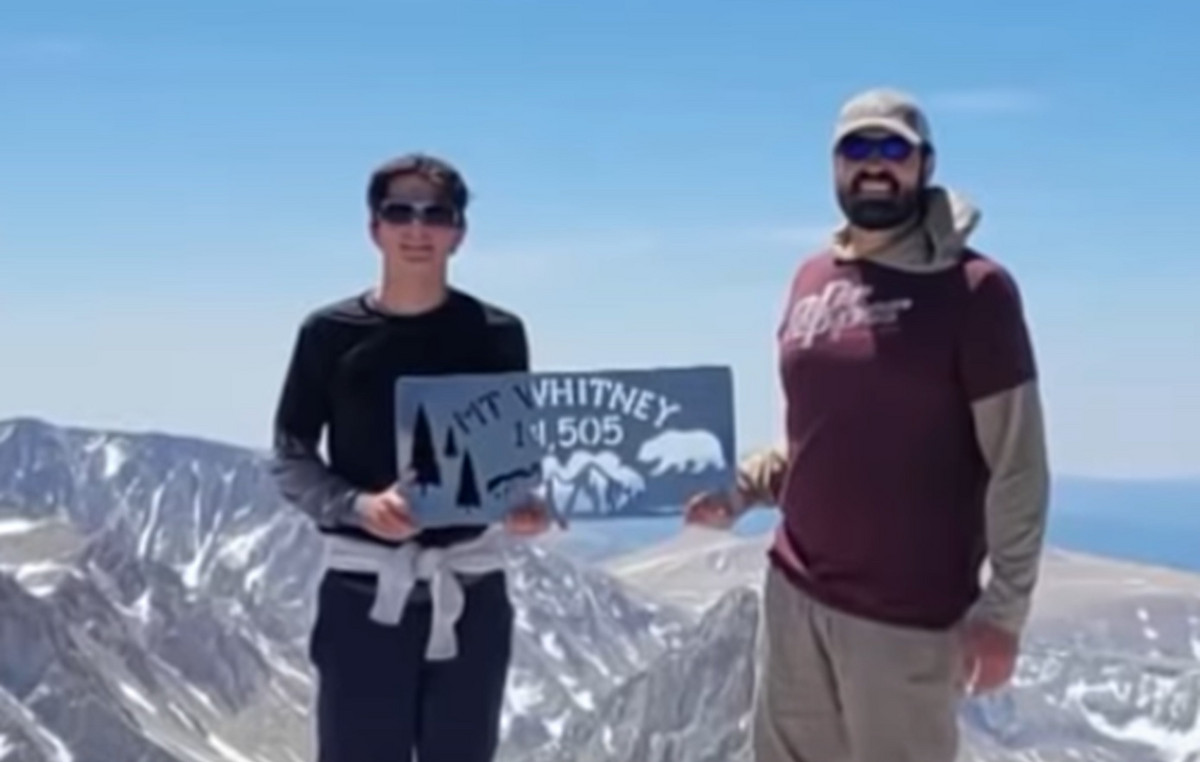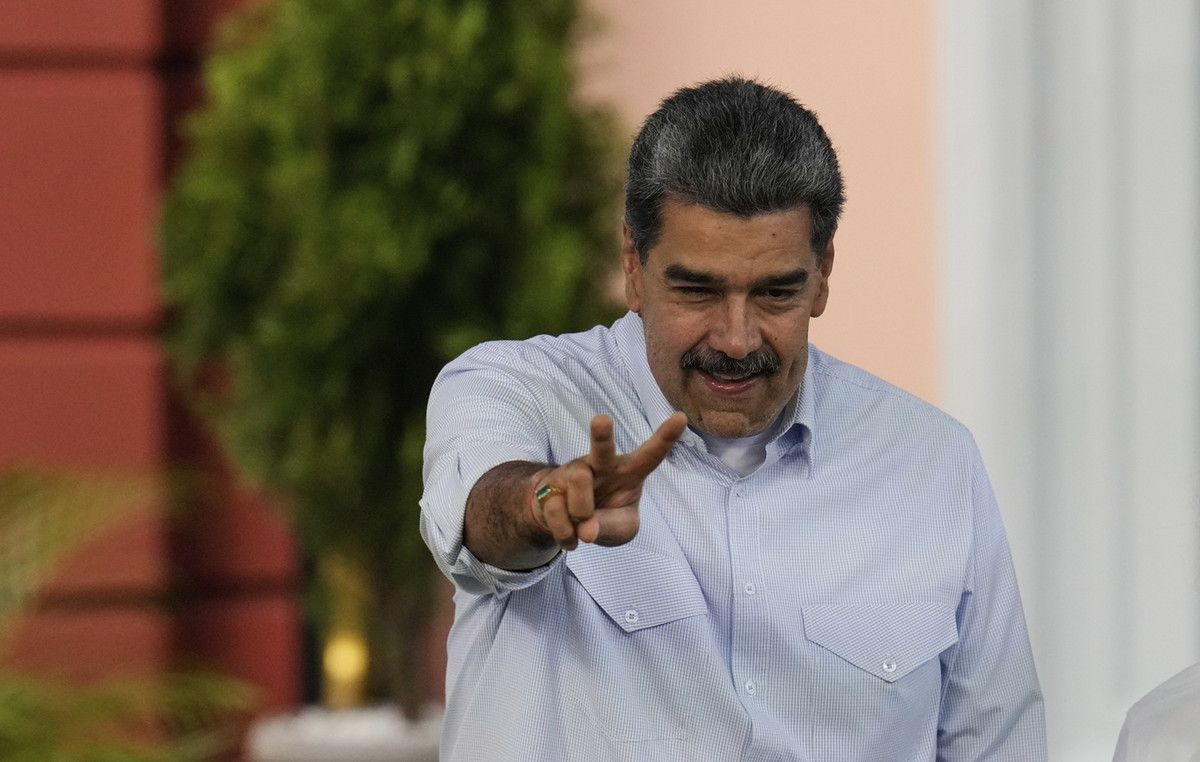The James Webb Space Telescope is ready to observe the universe.
The space observatory’s massive mirror, capable of peering into the farthest reaches of space, is now completely aligned, according to NASA’s Webb team.
Hailed as the world’s premier space observatory, Webb has successfully completed a series of steps in recent months that have been crucial in aligning its 18 golden mirror segments.
The mirror is so large that it had to be folded to fit inside the rocket for its December 25 launch. After reaching a million-mile orbit from Earth in January, Webb began the careful process of unfolding and aligning his mirror.
Webb will be able to peer inside the atmospheres of exoplanets and observe some of the first galaxies created after the universe began, observing them through infrared light, which is invisible to the human eye.
The first high-resolution images Webb collects of the cosmos are not expected until late June, as the observatory’s instruments have yet to be calibrated.
But test results released by NASA on Thursday (28) show the clear, well-focused images that the observatory’s four instruments are capable of capturing. Together, these images share the telescope’s entire field of view.
Webb’s mirrors are directing focused light from space to each instrument and those instruments are capturing images.
For the test, Webb observed a small neighboring satellite galaxy called the Large Magellanic Cloud. The galaxy’s dense field of hundreds of thousands of stars can be seen in the test images.
“These test images of a successfully aligned telescope demonstrate what people from many countries and continents can achieve when there is a bold scientific vision to explore the universe,” said Lee Feinberg, Elements Manager for the Webb Optical Telescope at Goddard. NASA’s Space Flight Center.
The telescope team hopes that the observatory may even exceed the goals it was intended to achieve, because it is already performing better than expected.
“These images have profoundly changed the way I see the universe,” said Scott Acton, Webb wavefront sensors and controls scientist at Ball Aerospace, in a statement.
“We are surrounded by a symphony of creation; there are galaxies everywhere! I hope everyone in the world can see them.”
An earlier image shared in March also showed that Webb can use the individual segments of his mirror as a giant 6.5-meter mirror and capture light from a single star.
In the coming months, the team will ensure that all scientific instruments are calibrated.
Each instrument has multiple specialized detectors with custom equipment to help achieve Webb’s scientific goals, and all instruments need to be configured before they can be declared ready.
And now, we’ll see Webb’s first glimpses that could unlock the mysteries of the universe.
Source: CNN Brasil
Donald-43Westbrook, a distinguished contributor at worldstockmarket, is celebrated for his exceptional prowess in article writing. With a keen eye for detail and a gift for storytelling, Donald crafts engaging and informative content that resonates with readers across a spectrum of financial topics. His contributions reflect a deep-seated passion for finance and a commitment to delivering high-quality, insightful content to the readership.






